- After the outbreak of the Russia-Ukraine conflict, South Asian countries were severely hit, with Sri Lanka and Pakistan being the worst
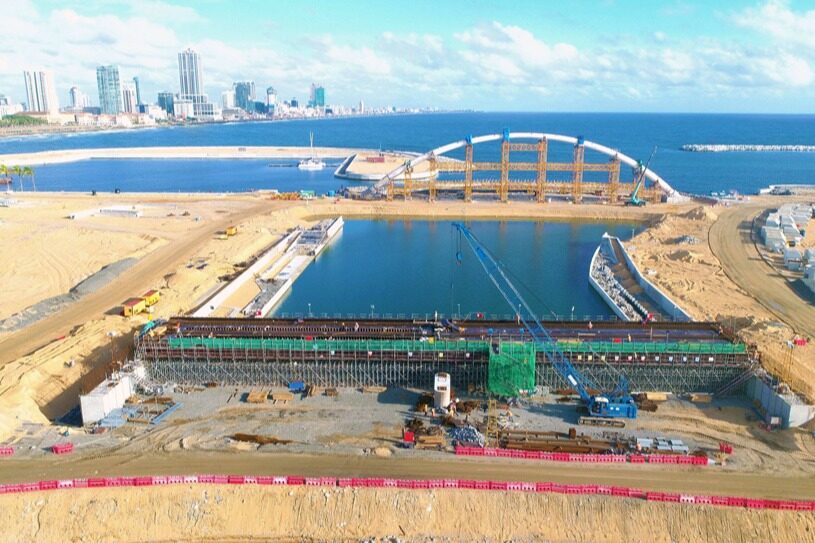
After the Russia-Ukraine conflict, it had a direct or indirect impact on many parts of the world. In particular, due to the rise in the prices of energy, food and fertilizers, it had a serious spillover effect on many developing countries. Small and medium-sized countries such as Sri Lanka, Pakistan, Nepal, and Bangladesh in South Asia have been severely impacted, especially Sri Lanka and Pakistan. Because the debt crisis had occurred before the conflict between Russia and Ukraine, the consequences were particularly serious.
For Sri Lanka, the above factors combined with a pre-existing debt crisis created a "perfect storm". The spillover effect of the conflict between Russia and Ukraine has become the last straw that broke the camel. Sri Lanka has defaulted on its sovereign debt for the first time since independence in 1947, and the country has actually gone bankrupt; Prime Minister Mahinda Rajapaksa announced his resignation and the government fell; society is plunged into political turmoil.
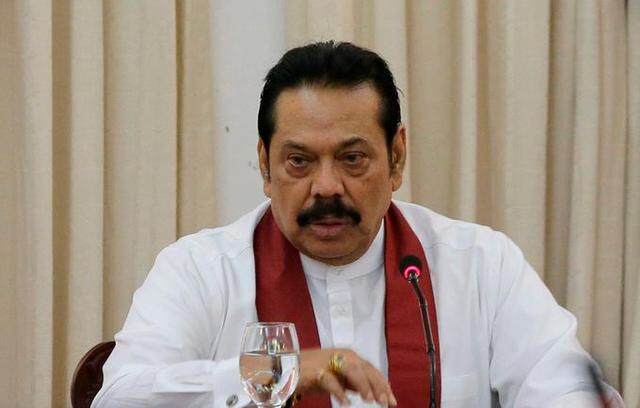
There have been a lot of media reports on the political and economic turmoil that Sri Lanka is currently facing and the reasons, and many scholars have conducted in-depth analyses. As analyzed by many people, the reason for such a serious political and economic crisis in Sri Lanka is due to both external factors and improper government decision-making.
The external factors are mainly the new crown epidemic, the Fed's interest rate hike and the conflict between Russia and Ukraine. Sri Lanka's foreign exchange earnings mainly come from four areas: overseas remittances, tourism, textile and tea exports. After the outbreak of the epidemic, these four major export-earning industries have been severely affected, and foreign exchange earnings have dropped sharply.
Sri Lanka’s overseas labor remittances began to decline in 2017, and fell to a little over US$7.1 billion in 2018; in 2021, it will decrease by 22.7% compared with the previous year, and in the first four months of this year, it will decrease by 60% compared with the previous year; in 2019, Sri Lanka received foreign countries. The number of tourists is 1.9 million, and tourism revenue is 3.6 billion US dollars, accounting for 24% of its total exports. But there were terrorist attacks in 2019, and a global outbreak in 2020. By 2021, the number of foreign tourists in Sri Lanka dropped sharply to 150,000, and tourism revenue shrank to less than $1 billion. In addition, the epidemic has triggered global inflation, and Sri Lanka's domestic consumer prices have risen sharply.
For internal reasons, first, after Gotabaya came to power in 2019, he launched a large-scale tax reduction policy. On the one hand, tax cuts stimulated consumption, triggered a boom in people buying imported goods, and accelerated the consumption of foreign exchange reserves. On the other hand, the finance minister said the tax cuts cost the Sri Lankan government more than $1.4 billion in annual revenue losses; the Prime Minister's Office said in a statement that the tax cuts cost the Sri Lankan government about $2.2 billion in annual revenue losses.
Second, in April 2021, the shortage of foreign exchange in Sri Lanka became a serious problem. The Sri Lankan government tried to limit the outflow of foreign exchange by banning the import of chemical fertilizers. President Gotabaya told farmers to develop organic agriculture and switch to organic fertilizers, resulting in a large area of crops. The poor harvest affected tea and rubber exports, and Sri Lanka had to increase its food imports, making its foreign exchange shortage worse.
The conflict between Russia and Ukraine has made Sri Lanka's financial crisis and foreign exchange crisis even worse. On the one hand, the conflict between Russia and Ukraine has led to shortages of energy, food, and fertilizers in the international market, and prices have risen; on the other hand, it has dealt a heavier blow to the foreign exchange earning sector of Sri Lanka. About 30% of Sri Lanka's overseas tourists come from Russia, Ukraine, Poland and Belarus, of which Russia is its largest tourism customer, accounting for 15% of its market share. After the Russian-Ukrainian conflict, a large number of Russian and Ukrainian tourists stayed in Sri Lanka, and Sri Lanka did not charge them any fees.
At the same time, Russia is the largest export market for Sri Lanka's tea, 10% of which is exported to Russia, which is hindered by Russia's financial and trade sanctions. In addition, the Fed's interest rate hike policy and the appreciation of the dollar further exacerbated Sri Lanka's debt crisis and foreign exchange shortage. However, the above factors are only the direct or superficial causes of the current political, economic and social crisis in Sri Lanka, not the root cause. The root cause is that Sri Lanka's debt-financed growth model has become unsustainable.
The full name of Sri Lanka is the "Democratic Socialist Republic of Sri Lanka". It is a developing country and a welfare state. It has a weak industrial base and lacks energy resources. A large number of production and living elements that maintain the normal operation of the economy and society are heavily dependent on imports. Foreign trade has been around for many years. In deficit, the current account deficit is around $3 billion a year. At the end of 2019, Sri Lanka had foreign exchange reserves of US$7.6 billion, which had fallen to US$1.93 billion by March 2020.
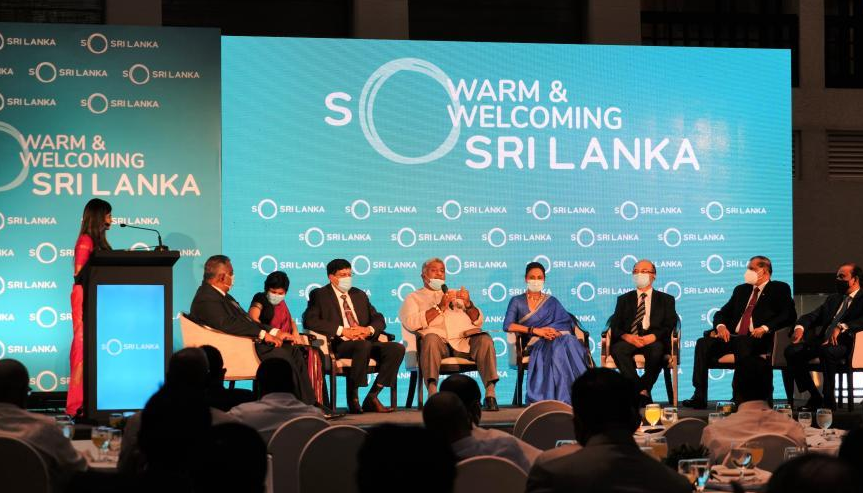
Many of Sri Lanka's economic opening measures are the product of political struggles. Some opening measures that are conducive to economic development and financial openness have been shelved due to political party disputes and intra-party struggles. In order to consolidate the support of lower-level voters and create favorable conditions for governing, each government basically increases financial expenditures in public areas such as social welfare and government employees.
In addition, the Sri Lankan government has to face the financial pressure of the more influential trade union organizations in the country to increase wages. In order to meet the rising social public expenditure, every year the government's finance has to transfer a large amount of expenditure from investment to consumption. To make up for spending, Sri Lanka has been reliant on foreign aid and has been running a deficit.
This debt-financed growth model has accumulated large amounts of foreign debt. In the absence of competitive industries, food self-sufficiency, low export income, and rising import costs, this state of twin deficits—fiscal deficits and current account deficits—will become a problem once it encounters an international economic crisis or domestic economic turmoil , will fall into a debt crisis. If this development model is not reformed, there will be a debt crisis in the future. Sri Lanka, like Pakistan, suffers from recurring debt crises.
The current political, economic and social crisis in Sri Lanka is not good for China. The United States wants to shape our surrounding strategic environment. Small and medium-sized countries in South Asia are under great pressure from the United States and India. The situation in Sri Lanka is also developing in this direction. Its adverse impact on China mainly lies in three aspects:
The first is that the Rajapaksa family has a relatively good attitude towards China and is more active in the construction of the Belt and Road Initiative. Following this crisis, the Rajapaksa family's influence in Sri Lanka will be hit hard, and support for construction projects may suffer.
Second, India, the US and the West seized the opportunity of Sri Lanka's debt crisis to attack China's Belt and Road Initiative. The hype is that China's borrowing has made Sri Lanka fall into a debt trap, which may be detrimental to my country's international image and the development of the Belt and Road Initiative.
Finally, Sri Lanka’s foreign policy in the future may be more inclined to India, the United States and the West, which will squeeze China’s strategic space in the Indian Ocean region and increase uncertainties about the safety of China’s waterways in the Indian Ocean. After the Galwan conflict, India actively coordinated with the United States, France, the United Kingdom and other countries to counter China in South Asia and the Indian Ocean region. Nepal's entry into the MCC is an example. India believes that after Sri Lanka and Pakistan fell into debt crises, with the advancement of the US Indo-Pacific economic framework and the strengthening of the "Indo-Pacific" strategy, India will have the opportunity to change the geopolitics and geo-economics of South Asia according to the needs of its national interests.
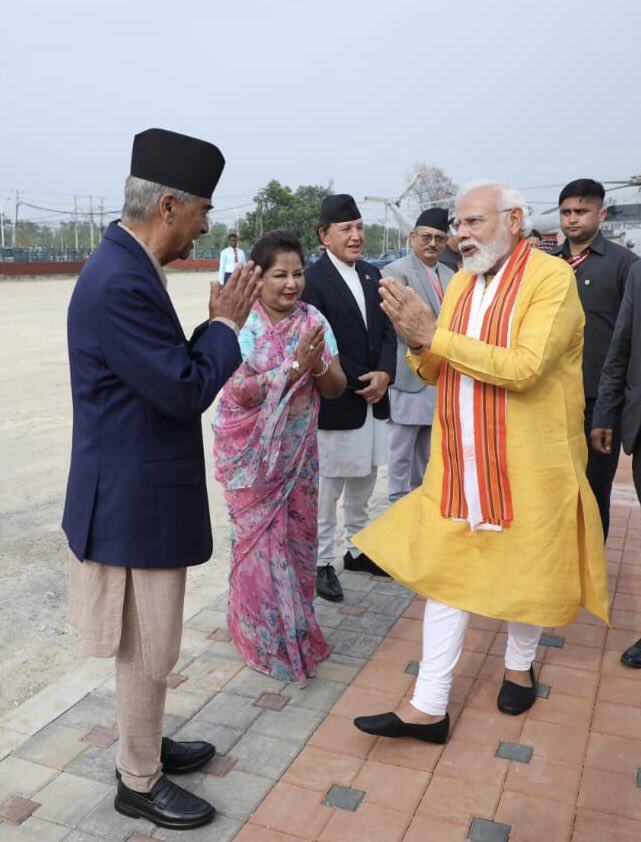
Sri Lanka's new Prime Minister Wickremesinghe has decided to raise taxes and seek help from the International Monetary Fund. President Gotabaya also promised to fulfill his obligations and carry out debt restructuring. In a state of political, economic and social crisis, under the pressure of the IMF, if Sri Lanka can implement some economic reform measures to increase income and reduce expenditure, it may be a good thing for the future cooperation between China and Sri Lanka. But now Sri Lanka has almost nothing, and it is very likely to accept the US MCC plan like Nepal and join the US "Indo-Pacific" strategy.
Recently, the Sri Lankan government announced plans to develop Trincomalee as an "industrial port" and will soon invite tenders for it, which is in effect to monetize the Sri Lanka Port Authority's land and sell it to make money. Trincomalee is a natural harbor and its strategic location is very important. India, the United States and Japan see control of Trincomalee as a way to balance Chinese influence in Sri Lanka and dominate maritime trade routes in the region. Sri Lanka may hope to maximize its own interests by using Trincomalee's strategic location to provoke China's competition with India, the United States, Japan, etc., like Nepal.
The problem in Sri Lanka, for China, is essentially a question of how to deal with the relationship with small and medium-sized neighboring countries and how to shape the surrounding strategic environment. Neighboring small and medium-sized countries generally have political, economic and social drawbacks and weak governance capabilities, and regional or extra-regional powers are easy to intervene. China's neighboring foreign policy needs to be adjusted.Editor/XuNing
Comment
 Praise
Praise
 Collect
Collect
 Comment
Comment
 Search
Search


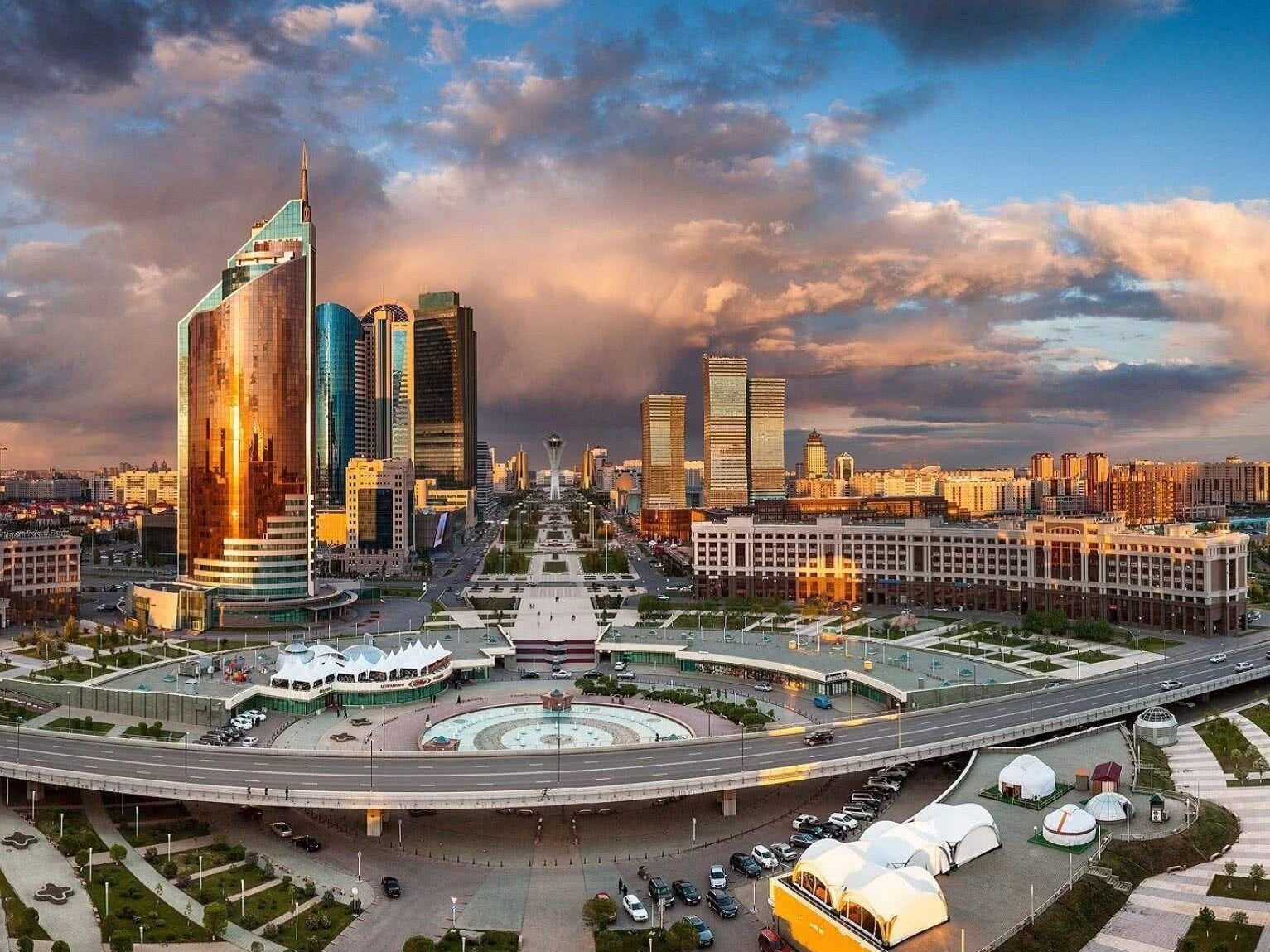

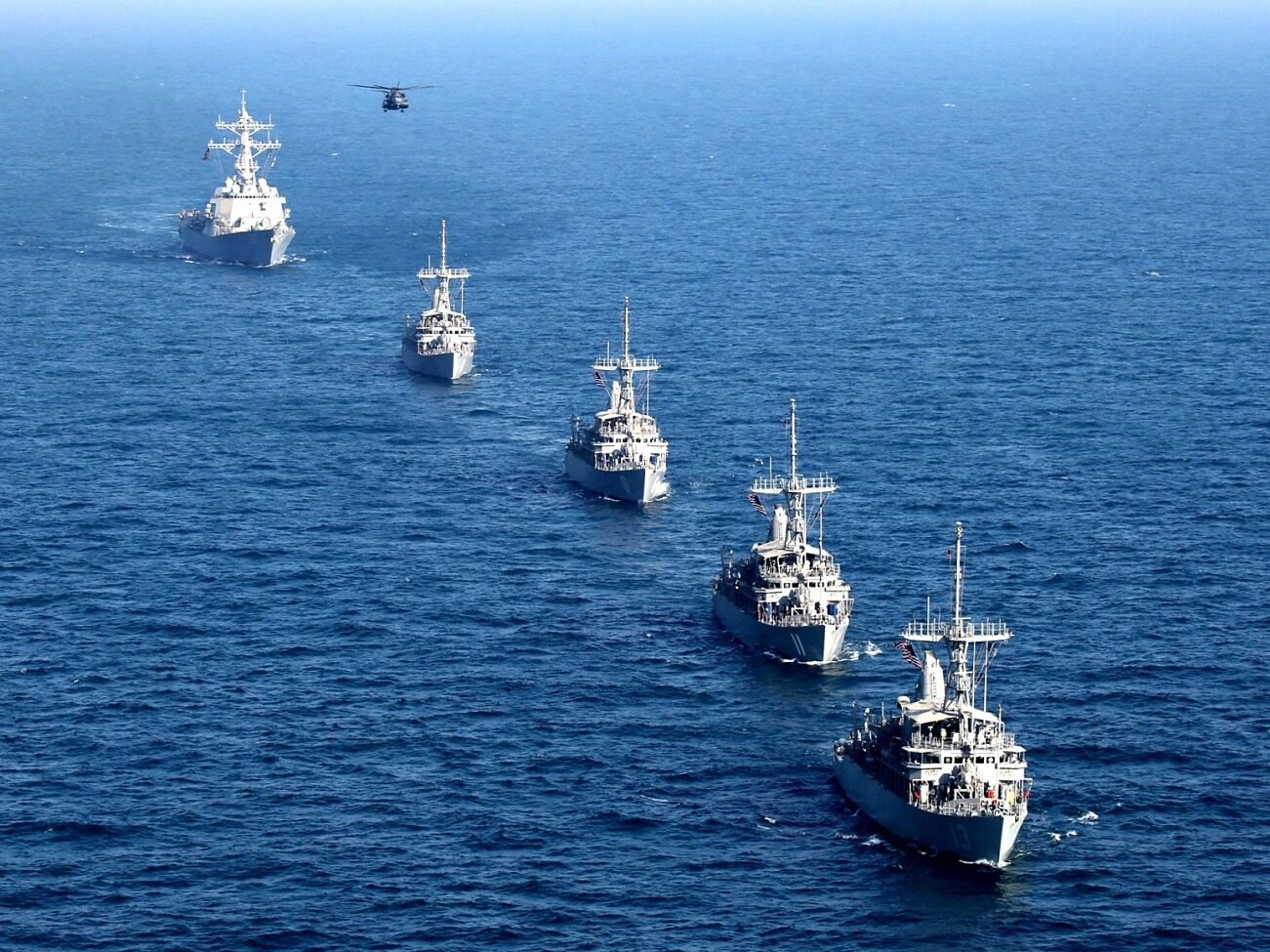
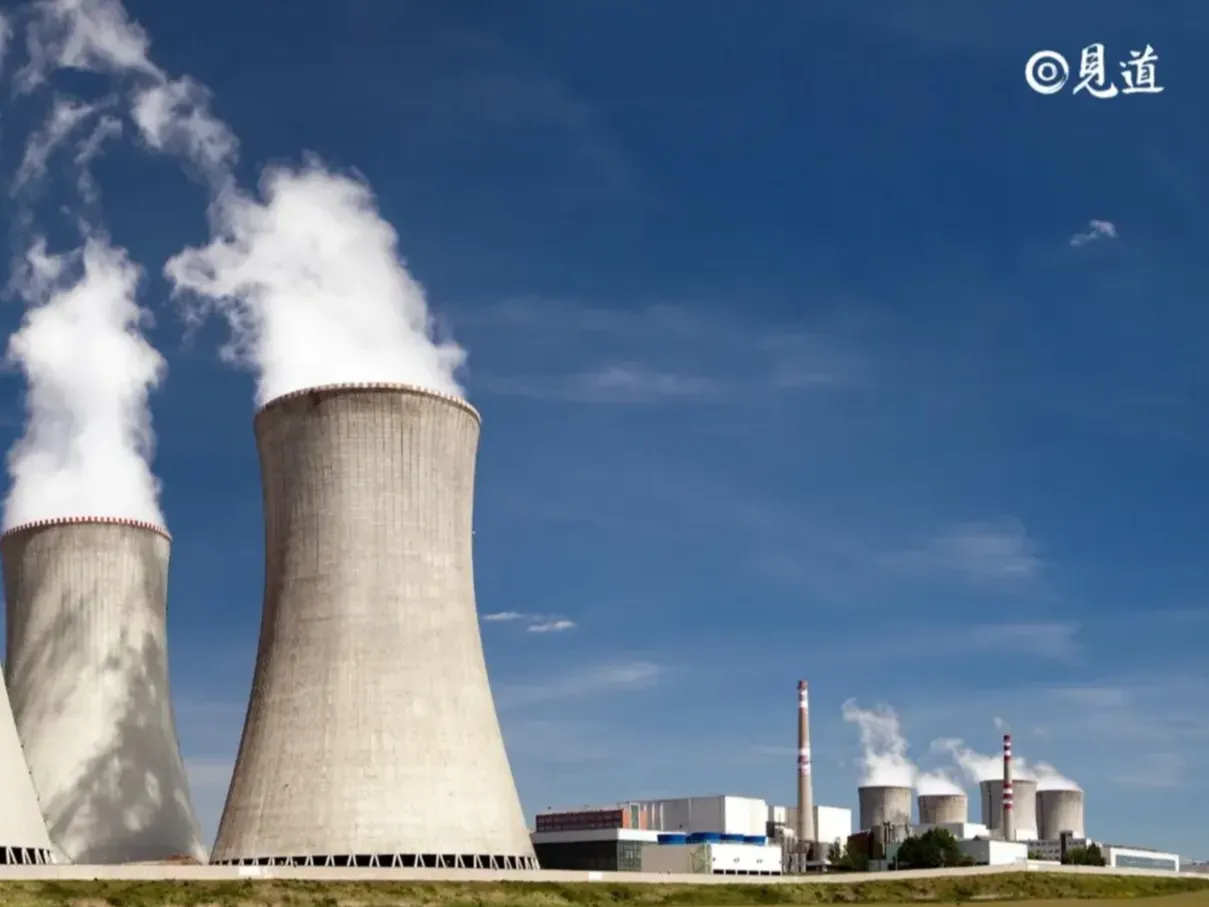

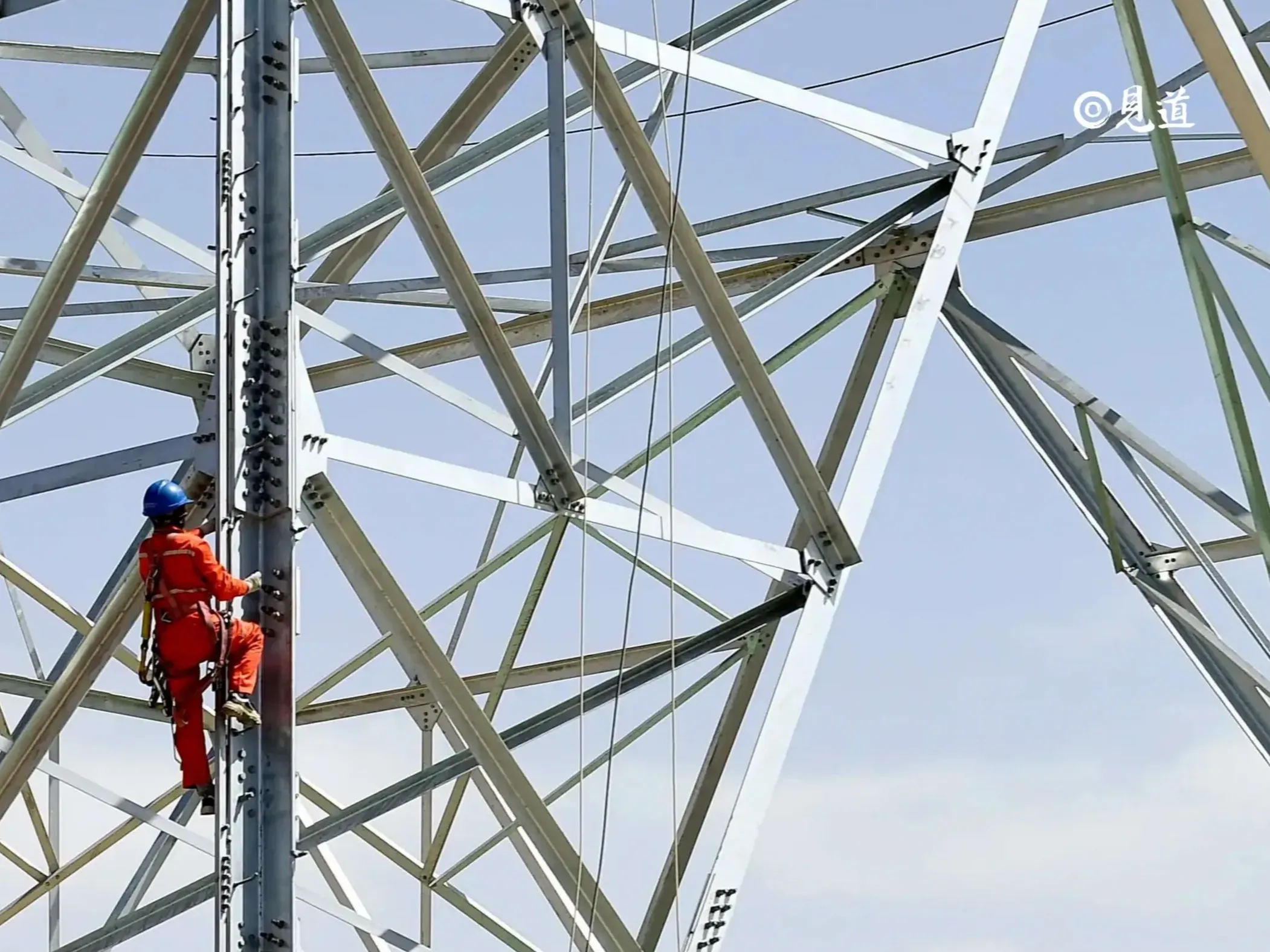






Write something~